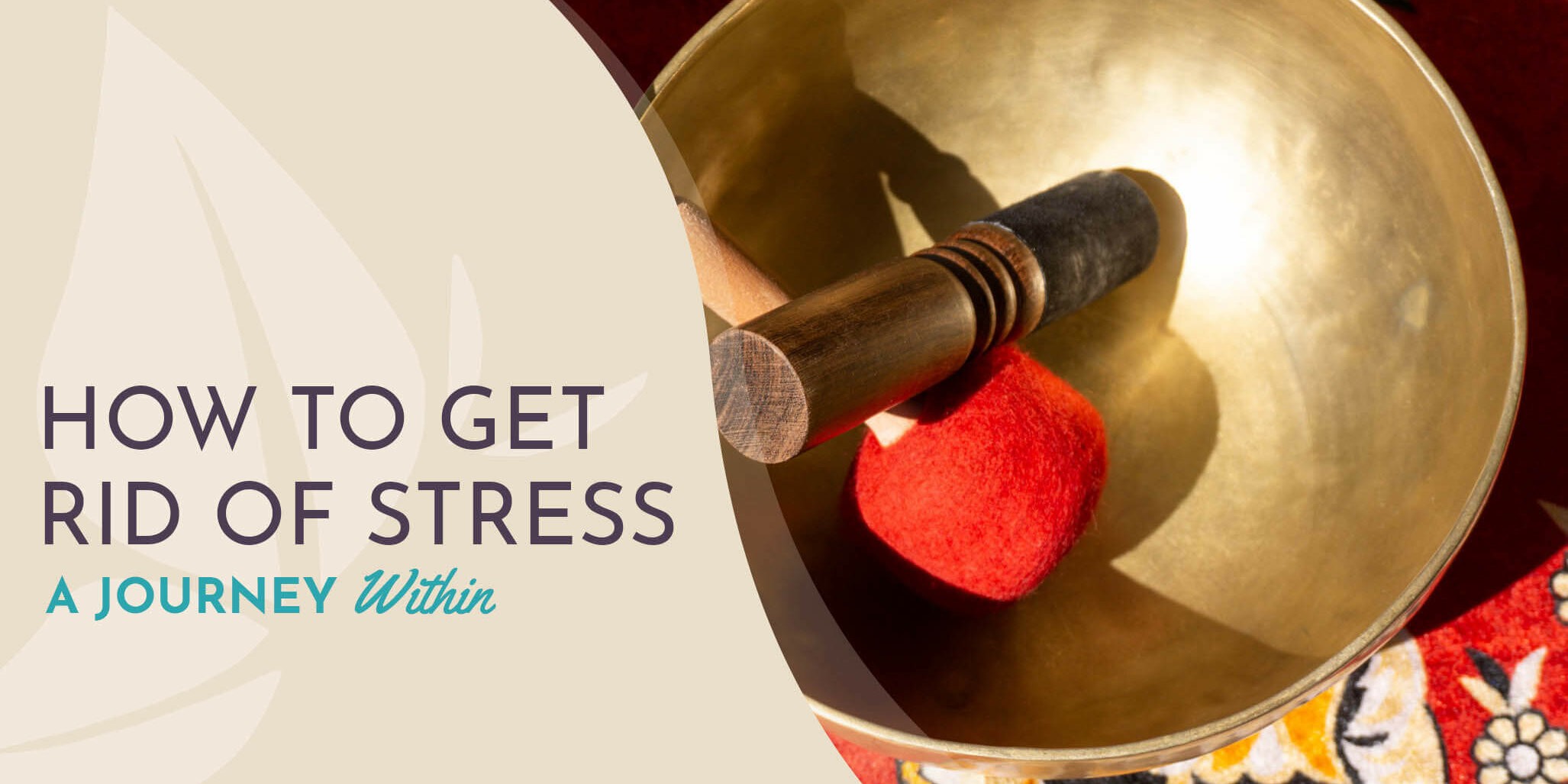What is stress?
Stress is something that we hear about daily in the news, from colleagues, teachers, fellow students, family members, spouses, and so on. It is one of the leading factors causing health-related diseases that modern society is facing now more than ever.
Stress can cause high blood pressure, metabolic syndrome, stroke, heart attacks, insomnia, bruxism, anxiety, depression, low energy levels, emotional imbalance, disconnect from mind-body-spirit, inability to separate ourselves from our thoughts or fears, obesity, and autoimmune diseases to name a few.
“The individuals own perceived capabilities versus the external perceived required demand. “ – Nigel Holt
How to Heal Stress by Taking a Journey Within
What happens in the brain when we are stressed? – This first part of the brain is called the “Neo Cortex” and is the most recent advancement in our biological evolution. It is where all logic and rational functions occur, our ego-mind and our internal dialogue creator.
Example: If we get caught in our thoughts usually from having logic-based work or in our studies, we can lose the connection to our body and we can become more prone to injuries and stress-related disorders as we go about our days with lacking body awareness.
The second part is called the “Limbic Brain” and is responsible for the emotions experienced in the body. This is our mammalian heritage that allows us to show affection, nurture, compassion, love and emotions towards ourselves and other beings.
Example: If we experience mood swings, anxiety, depression or states of being in love, feeling happiness it all stems from the limbic brain. Meaning that we are highly activated in this area.
The third part is called “Brainstem” and is our oldest part of the brain. It regulates sleeping & breathing patterns, body temperature, and other involuntary bodily functions instinctively.
Example: When we simply “react” to something instinctually we are working through our brainstem without thought or emotion running through the action. We do not have to “feel” our breath, or “think” about breathing. It happens instinctively for us as a means to survive and to oxygenise our entire body.
What happens in the body when we perceive a situation as stressful? – CNS or The Central Nervous System is is where we send out and receive analyzed information so that the body can respond appropriately to keep us safe and to interact with our external surrounding and internal environment in a balanced manner.
Our nervous system is the most significant system that gets affected and regulates our bodily functions when we experience stress. The nervous system works on many different levels in our body and one of its main tasks is to detect danger in our surrounding environment. The amygdala part of the brain is always scanning the environment for potential threats. When it perceives the situation as safe, it begins to engage the calm, digestive, and restorative functions where we can create a home and start a family etc. But when it detects the environment hostile and unsafe it will alert the body and release endorphins and cortisol to keep us on “high alert” as a defensive strategy.
The nervous system is also collecting and transferring information between every part of our body. The most significant part of the nervous system regarding stress is that it protects the human system from dying by redistributing the energy resources allowing us to fend off strong foes or life-threatful situations. It goes from vital functions into the big muscles and respiratory organs so that we can Fight, Flight or Freeze in any life-threatful perceived scenario.
Freeze response – Is the oldest part of the nervous system and is responsible for dissociative behaviors that protect the human organism in the event of our oncoming death. It causes the body to Freeze which releases opioids and endorphins, which has pain-relieving effects on the body, which can help us manage overwhelming events in life.
Example: The “deer in headlights” analogy is the most accurate way to describe this phenomenon. When we get stressed to the point that the body cannot take in the information or deems that it will not survive. We can “dissociate”, daydream, go to our fantasy world with physical symptoms like immobility response similar to the “deer in the headlights” analogy. We can also become numb and disconnected from our physical body, emotions and sensory inputs as a means to cope with the situation at hand.
Flooding response – Is the name for the response when we cannot regulate the incoming information or sensations any longer.
Example: Flooding is usually a sensation of being overwhelmed, sensation or thoughts that are uncontrollable. We can cry, scream or talk incessantly when we are in Flooded states. All three areas of the brain Neo-Cortex, Limbic Brain and Brain Stem are involved at the same time when we get flooded responses.
Fight or Flight response – Fight is when our nervous system perceives a situation as dangerous and that we can “fight it off”. What happens is that the body is sending all the necessary energy resources to our muscles and respiratory organs to have the power required to fend off a lethal adversary or life-threatening situation. Flight is a behavior chosen when we perceive we need to get away from the event to survive.
Example: Common Social Fight responses are to blame & judge others or ourselves or to physically and verbally attack another individual as an outcome from being highly activated/stressed in our sympathetic nervous system.
Common Social Flight responses are to be people-pleasing, silent, needy, self sedated, depressed, having anxiety, avoidance or escaping behaviors in situations throughout life.
Grounding & Social interaction response – Is responsible for social interaction, growth, comfort, and nurturing restorative behaviors. It is the predisposed social instinctive behaviors that allow us to interpret the community that we grow up within. It is the part that makes us understand our role in our tribe/family and how to act accordingly.
Example: To be Grounded is to be fully aware of one’s own body, to be aware of the Self & Room we are currently in, comfortable with our emotions, thoughts & sensations in the body, being aware of the present time, observing & feeling without identifying, analyzing, or judging.
“Stress is the trash of modern life; we all generate it, but if you don´t dispose of it properly, it will pile up and overtake your life” – Danzae Pace
Where do you find yourself during your average day in life or right now? Flight? Fight? Freeze? Flooding? Grounded? Ungrounded?
Contact us here if you like further information and guidance on how to solve your Stress or for Stress-reducing tools.
Or book a free consultation here on how we can reduce the stress in your life.
Heart work pays off!
//Sara & Simba




